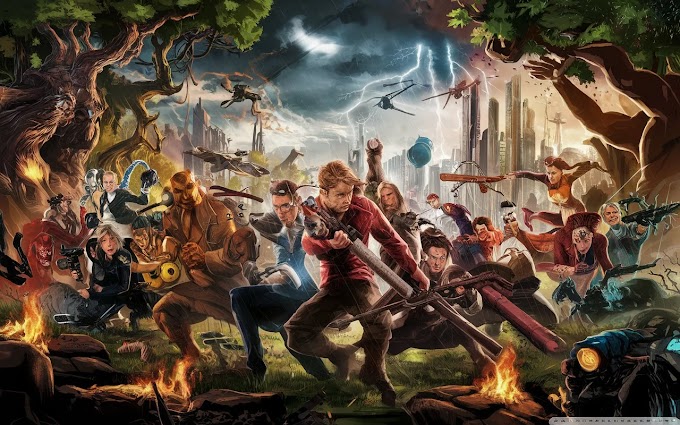What are the three categories of gamification?
- In terms of categories, gamification can be divided into three categories:
1. Aesthetic Gamification
- The main focus of this aesthetic is on making things look and feel like a game. It involves using
visual components to produce a comprehension and entertaining experience such as vibrant designs, characters, and animations. For Example, Consider a math learning app that makes completing equations feel interesting by utilizing pictures and friendly characters.
2. Structural Gamification
- Games like structure and mechanics into activities or tasks are involved in this gamification. It contains things like rewards, points, levels, and amazing challenges. Suppose, consider a reading program where you earn points for completing books, can advance through levels, and receive badges or medals for accomplishments.
3. Content Gamification
- The aim of content gamification is to employ game mechanics to improve actual content or subject matter. for Ex, imagine a history lesson where you explore the virtual world, interact with social-historical figures, and solve puzzles to learn more about time periods.
Remember that the main goal of gamification is to increase the fun and engagement of activities by including features from games.
Gamification tries to make learning, tasks or other activities feel interesting and pleasant through these three categories content, structural and aesthetic.
How does gamification enhance learning?
- In Gamification,we can improve learning in several ways as explained below:
1. Active Participation
- By offering engaging and practical activities, gamification promotes active involvement. instead of encouraging passive information usage, it motivates active participation through study, problem-solving, and decision-making.
2. Distinction and Personalization
- Gamification permits personalized learning experiences. Individual learning styles and requirements are provided for through personalization and differentiation, which improves the effectiveness and enjoyment of the learning process.
3. Persistence and Drive
- It gives learners both intrinsic and extrinsic motivation by defining goals, providing challenges, and also offering rewards. Extrinsic motivation comes from rewards or acknowledgment from external sources while intrinsic motivation arises from the enjoyment of learning experiences themselves.
By taking advantage of the power of gamification, learning becomes more interactive, engaging, and motivating. it develops a growth-oriented mindset toward education and supports the development of skills and improves the overall educational experience.
So welcome the gamified approach and set out a fascinating and exploration journey in today and the future!
How is gamification changing the world?
- From health and education to long-term viability and workplace relations, having a big impact by gamification, changing people how they learn, interact, and live.
- Let's take realistic examples which are being impacted:
1. Health and Fitness
- To encourage people to follow healthier lifestyles, fitness apps, and wearable devices use game components to make exercise more engaging and rewarding. It motivates people to keep up their active lifestyles and maintain well-being by transforming physical activities into experiences like games.
2. Social Impact
- Social change by creating awareness and encouraging people to do collective action for positive change like charitable donations. Many platforms and apps that are using game mechanics to engage people in social activities.
3. Skill Development and Training
- Several Organizations and Educational institutions use gamified platforms to provide interactive learning experiences. for ex- A cybersecurity program, real-world situations have been recreated, and participants must protect themselves from virtual potential hazards. this approach teaches learning retention and developing skills.
4. Personal Growth
- For Personal growth, apps and platforms use game tactics to encourage people to apply positive habits such as meditation, time management, or learning any language. by transforming personal development into a game, gamification supports people to make positive changes in their lives.
- The power of games and application to real-world contexts, leads to positive change and also gain experiences across different fields.
Frequently Asked Questions(FAQs)






